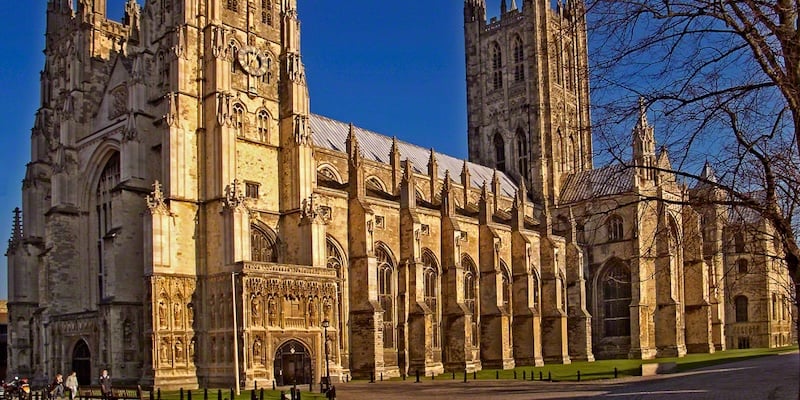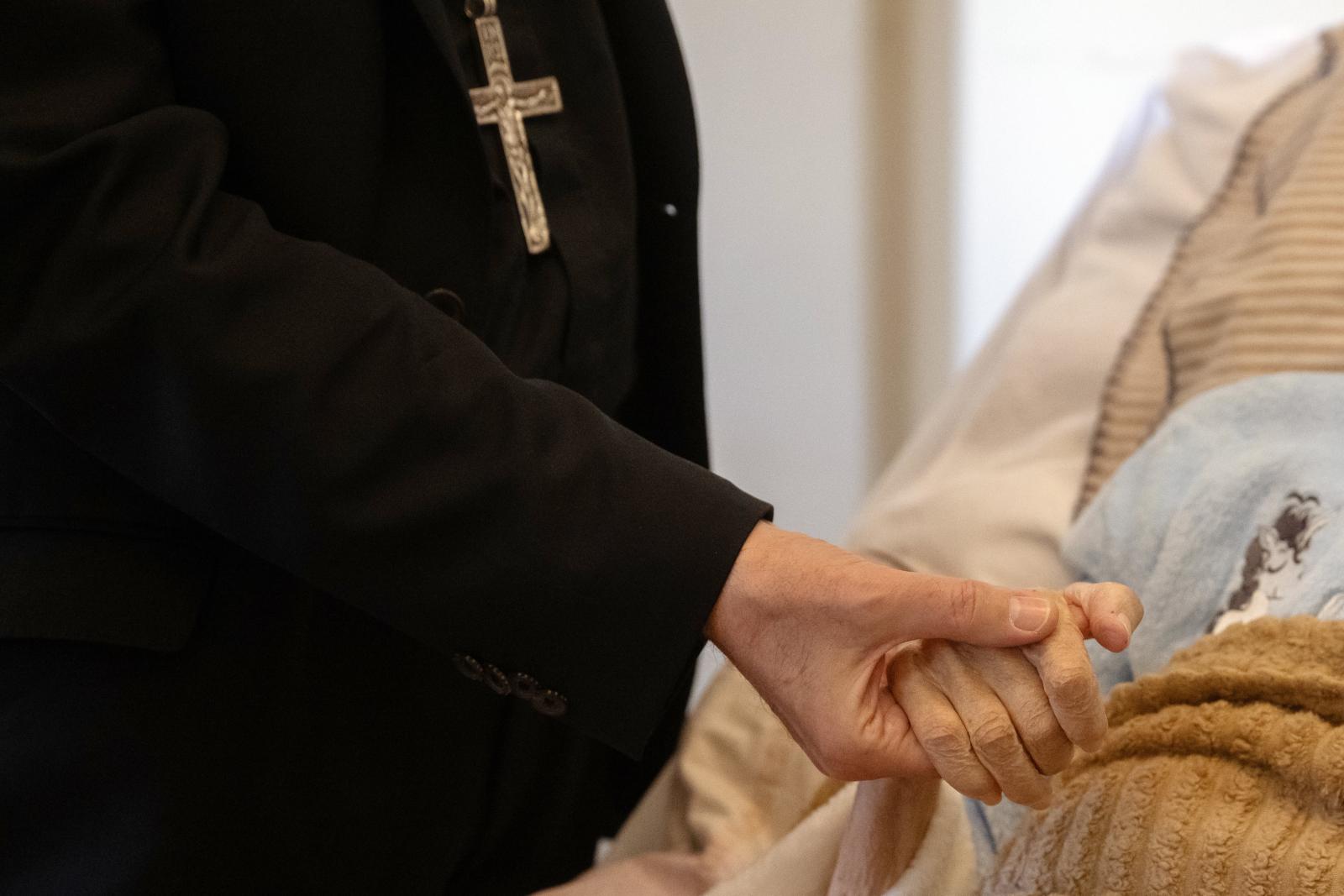The Next Archbishop of Canterbury

The archbishop of Canterbury’s position is profoundly significant, not only because he leads the Church of England (CoE), but also because he sits on the seat of St. Augustine of Canterbury, the “Apostle to the English.” That historical seat speaks to the heart of global Anglicans because the Church of England spread the gospel and planted churches on many continents during the eighteenth and nineteenth centuries. For this reason, the appointment of the archbishop of Canterbury must not be made without listening to voices from around the world. I share my reflections as a retired archbishop from the Global South who worked with three successive archbishops of Canterbury.
The decision of the general synod of the CoE in 2023 to bless same-sex couples led to a division in the church that is difficult to mend. Moreover, the Global South Fellowship of Anglican Churches (GSFA) issued a response—the “Ash Wednesday Statement“—declaring that they no longer recognize the headship of the archbishop of Canterbury for the Anglican Communion. The GSFA constitutes more than 75 percent of the membership of the Communion. As such, the situation has deeply impaired the relationship of the CoE to the rest of the Communion, breaking apart what unity previously existed.
Now, as the process of appointing the next archbishop of Canterbury has begun, it is essential to appoint an archbishop who can bring hope and unity within the CoE and restore its place as a historical sister of the churches of the Communion. He should be deeply rooted in the historic and traditional teachings of Anglicanism. It is now clear that archbishops who supported doctrinal innovations such as gay marriage have not been able to preserve the unity of the church.
The archbishop of Canterbury has traditionally held dual roles: as the spiritual leader of the Church of England and as the symbolic head of the worldwide Anglican Communion. However, these roles have grown increasingly complicated as the demographics and dynamics of the Communion have shifted. While the office originated in an era when the British Empire gave natural prominence to English ecclesiastical leadership, the realities of the twenty-first century tell a different story. Today, the majority of Anglicans are not in the U.K. but in the Global South—especially in Africa, Asia, and Latin America. These provinces typically hold firmly to biblical orthodoxy and traditional Anglican values, making them essential voices in the present and future life of the Communion.
Given this reality, it is imperative that the selection process for the next archbishop reflect the theological convictions and pastoral concerns of the broader Anglican world—not just those of a shrinking liberal Western context. The next archbishop must be more than a national figurehead or a political mediator; he must be a shepherd who is unwavering in the faith once delivered to the saints. This includes upholding the authority of Scripture, the creeds, the Thirty-Nine Articles, and the Book of Common Prayer
Appointing an archbishop who compromises these principles in the name of institutional appeasement will only deepen the fractures already within the Communion. But a leader who is bold in truth, humble in spirit, and committed to reconciliation grounded in orthodox theology can provide the moral and spiritual clarity needed to guide the Church in these turbulent times. He can restore unity where at present there is deep division.
It is also worth considering whether the archbishop of Canterbury should continue to serve as the de facto head of the entire Anglican Communion. While this structure was once fitting in the era of British global dominance, it no longer serves the diverse and decentralized nature of today’s Anglican reality. The time is ripe for a more collegial and representative leadership model that reflects the global character of the Communion. This could open space for greater participation from the vibrant churches of the Global South, whose faithfulness and growth offer hope to the wider body of Christ. The Roman Catholic Church is a great example of this, as popes are now elected from around the world and not necessarily from Rome.
The appointment of the next archbishop of Canterbury is not merely a ceremonial matter or an internal administrative decision. It is a moment of profound consequence for the Anglican Communion worldwide. What is needed now is a faithful, courageous, and wise leader who can stand firm in traditional Anglican belief and serve as a bridge between two deeply divided communions. Anything less would be a disservice to the gospel, to the Anglican heritage, and to the tens of millions of Anglicans who continue to pray and labor for a church that is both holy and united.








